A time management matrix is a tool that divides the day into various timeslots and assigns tasks to each slot. The tasks are usually sorted by priority, with the most important tasks assigned to the first slots.
It is a tool that many people use in order to help them manage their time more efficiently. It is usually used as an alternative to using a traditional calendar because it helps you organize your day in a more detailed way.
It can be used for both personal and professional use. It is a four by four grid that has tasks in the rows and time slots in the columns. You can start with any number of tasks, but most people find that four is sufficient.
What are the 4 Most Common Types of Time Management Metrics?
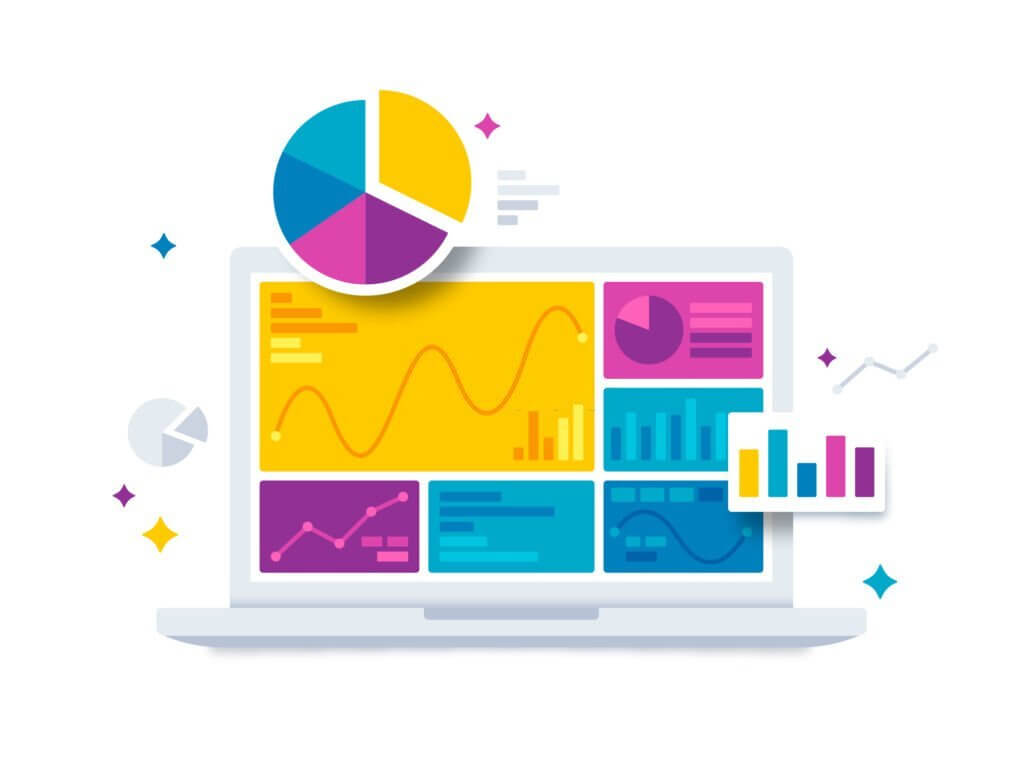
Measuring the time spent in meetings and on tasks can help you better manage your time.
The most common types of time management metrics are: meeting duration, meeting tracking, productivity, and task duration.
Meeting duration is the amount of time a meeting lasts. Meeting tracking is the process of recording what happens during a meeting. Productivity can be measured in different ways but typically it’s how much work you produce over a set period of time.
Task duration is the amount of work done on an individual task over a set period of time. Tasks typically involve specified, predefined actions and responsibilities.
How To Use The Time Management Matrix

Covey’s Time Management Matrix as mentioned is a simple and practical way to organize your day, which helps you prioritize important tasks and keep track of your progress.
The Time Management Matrix is divided into four quadrants: Urgent and Important, Not Urgent but Important, Neither Urgent nor Important, and Leisure.
Each quadrant has different categories that are usually aligned with work or private life. The matrix is used to divide the day into time blocks for various urgent tasks. These blocks can be adjusted as needed depending on the individual’s needs and priorities.
The matrix is a great way to plan your day. A popular time management strategy, the matrix divides the day into blocks. This allows you to focus on one task at a time and complete it before moving on to the next one, thus providing a clear view of what needs to be done when in order to achieve maximum productivity.
How to automate your time management matrix with monday.com?

The good thing about monday.com is that it provides a complete overview of the week, which helps you to get ahead of your work.
If you want to automate your time management matrix with monday.com, there are two ways to do so:
– Automate your timesheet by entering the hours you worked for each project and then letting monday.com calculate the remaining hours for each project.
– Customize your weekly agenda in order to make sure that you have enough time left for all of your projects.
What is the Point of Using a Time Management Matrix?

The point of using a time management matrix is to take control of your time. It’s about setting priorities and organizing your tasks or rather urgent tasks. It helps you to understand what you can do in the given time frame and what you need to cut out from your schedule.
Time management matrices are one of the most popular methods for managing time, but they are not perfect. They are usually created from a list of tasks that have been broken down by priority and then plotted on a grid. However, in order to create one of these matrices, many hours of work need to be spent first breaking down tasks into priority and compiling them into a list.
More importantly the time matrix can save you from the negative immediate consequences of procrastination and avoiding tasks which might appear as not urgent items.
Best Practices with the Time Management Matrix

Referring back, the matrix is a grid which has four quadrants: Urgent and Important, Not Urgent but Important, Not Urgent and Not Important, and Urgent but Not Important.
The first two quadrants are the most important ones because they contain the things that are both urgent and important. These items need to be dealt with immediately because they’re urgent, but also of importance. The second two quadrants are less important because they contain items that are not urgent or important. These items should be dealt with when you have time for them or when it’s convenient for you to do so.
Why You Should Start Using A Personalized Time Management Matrix Today?
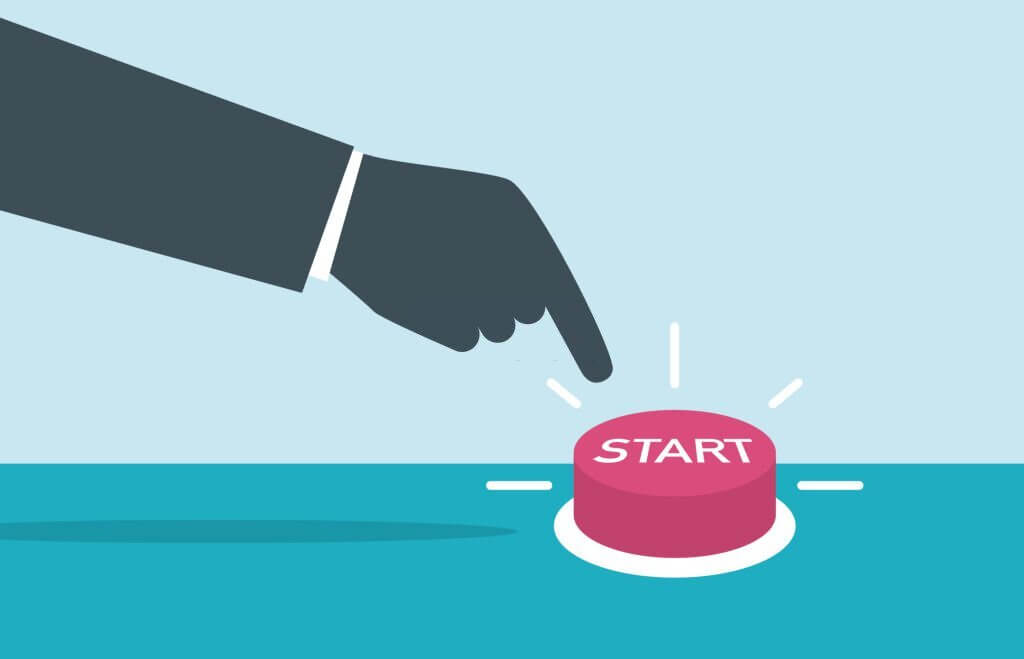
A Personalized Time Management Matrix is a best practice for matrices for different people. It helps you to identify your skills and how you spend your time. This matrix can be used to create a plan for the future and help you make better decisions about what to do next.
The matrix is a tool that helps you visualize all of your work for a given day. You can estimate how long each task will take and then input this time into the matrix as you go along. The matrix gives you a clearer understanding of where your time goes and allows you to make more informed decisions about how to spend it.
It drives your immediate attention to more important tasks which are categorized as more “urgent things” in the time matrix, and helps in avoiding time wasters.
Wrapping Up! (Time Management Matrix)
The Time Management Matrix is a guideline for the best work-life balance. It divides your day into four quadrants, with each quadrant representing a different focus area:
1) Sleep: You should aim to get at least 8 hours of sleep per day. This is the time that your body needs to recover and refresh itself.
2) Learning: You should spend at least 2 hours every day learning or practicing new skills. This can be anything from reading a book, to learning how to code, or even just watching a TED talk.
3) Work: Spend at least 4 hours every day working on your job responsibilities.
4) Personal Development: Spend at least 4 hours every day on personal development activities – this can include things like exercising, meditating, or writing.
(5) Community: Spend at least 4 hours every day in a local community that is different from your home and is outside of your comfort zone.
(6) Physical Activity: Find one physical activity you enjoy and do it for at least 4 hours every day.
(7) Spiritual Practice: Create a spiritual practice that is different from your current one and do it for at least 4 hours every day.
You can start with any 4 focus areas which you think needs improvement from your end and soon you’ll see noticable changes. It is a really great tool overall that helps with efficient time management, with weekly assessment.
Focus on the right tasks, avoid time wasters and remember self discipline is key for any tool or method to work, and that our dear readers, lie in your hands.


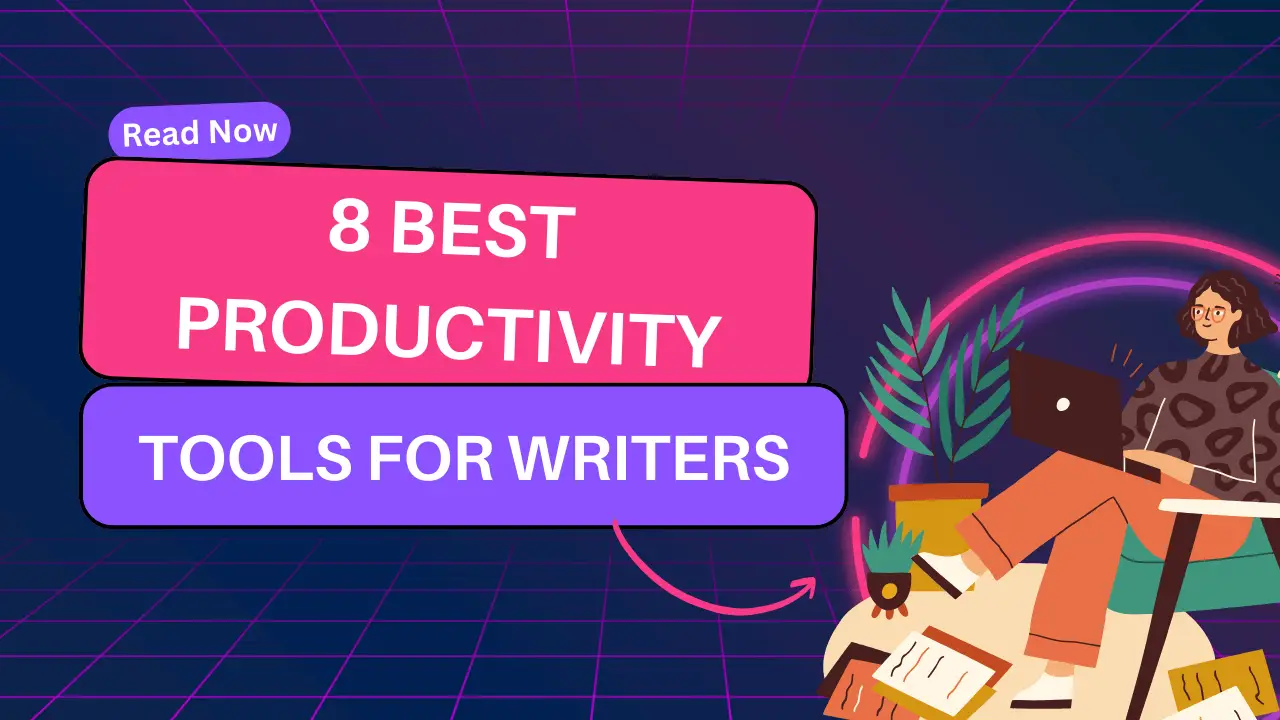

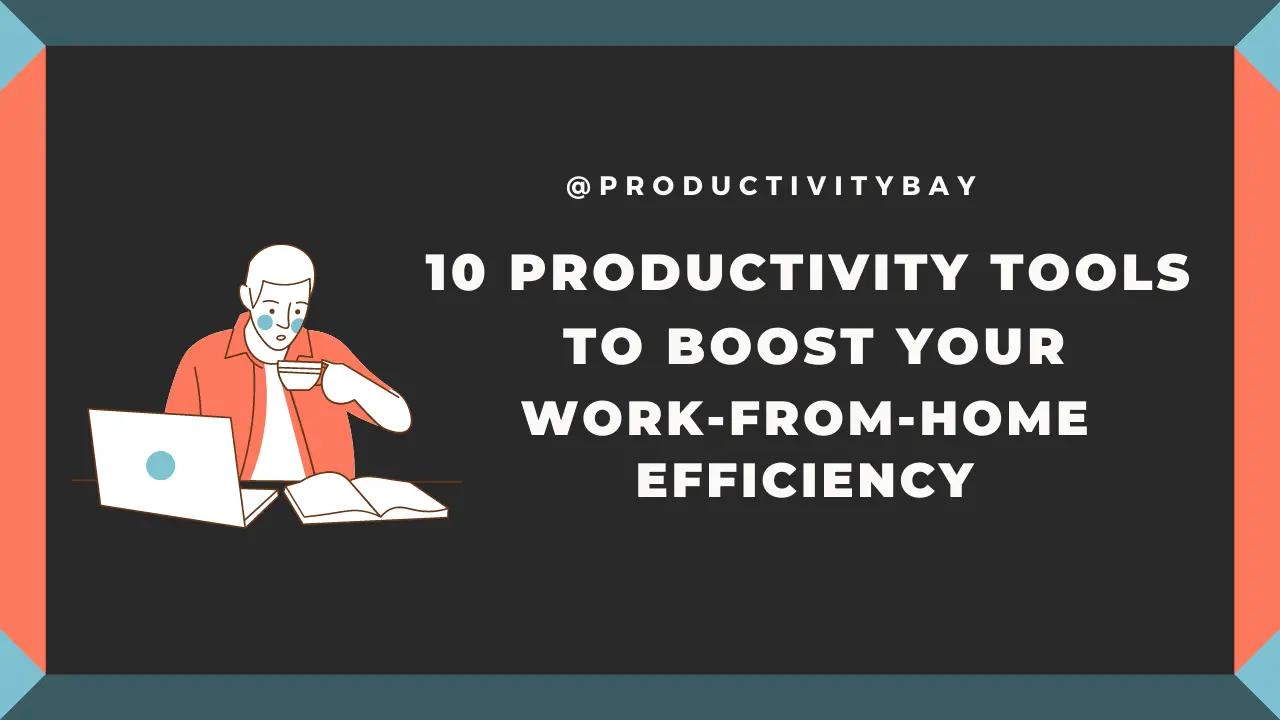
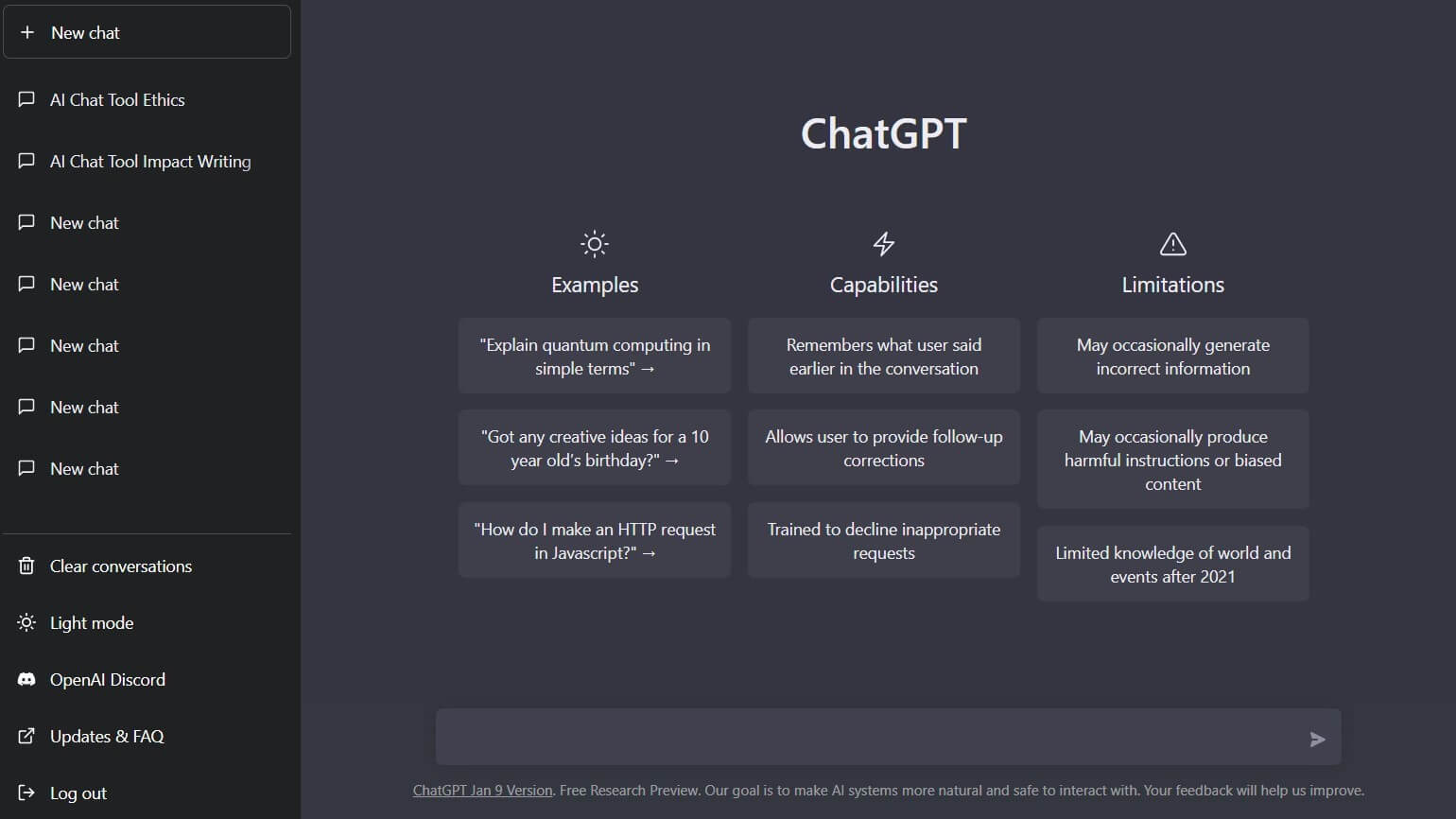










Leave a Reply